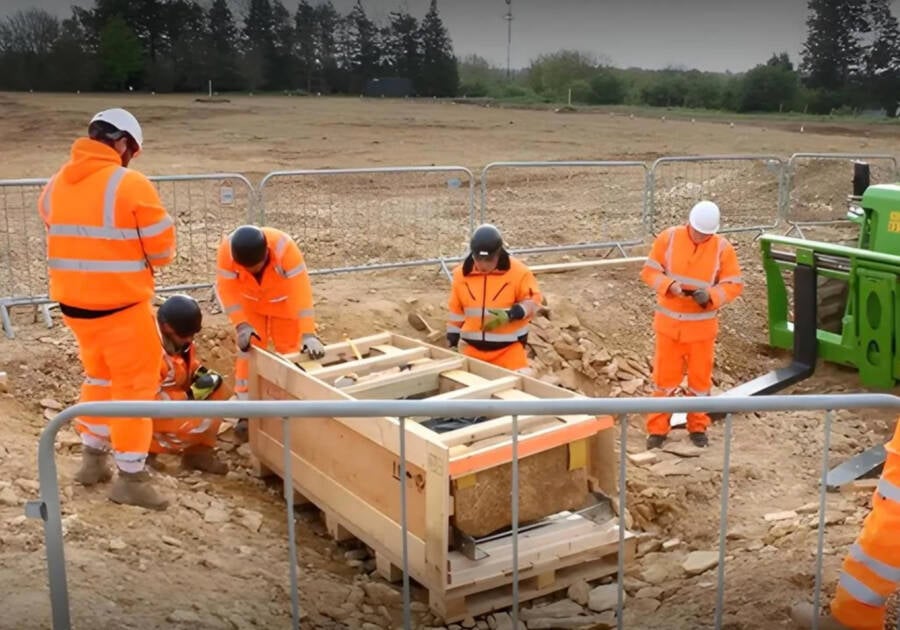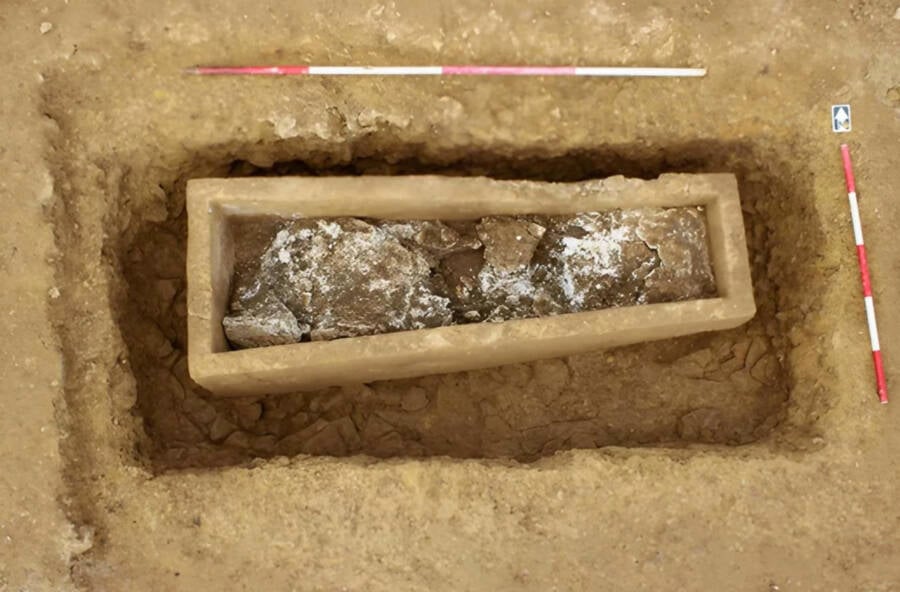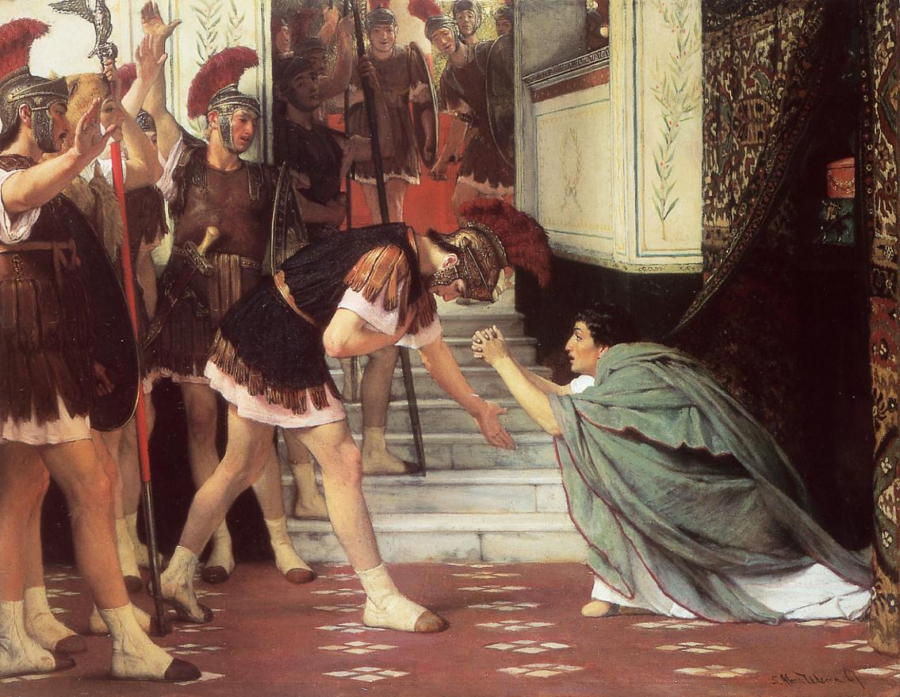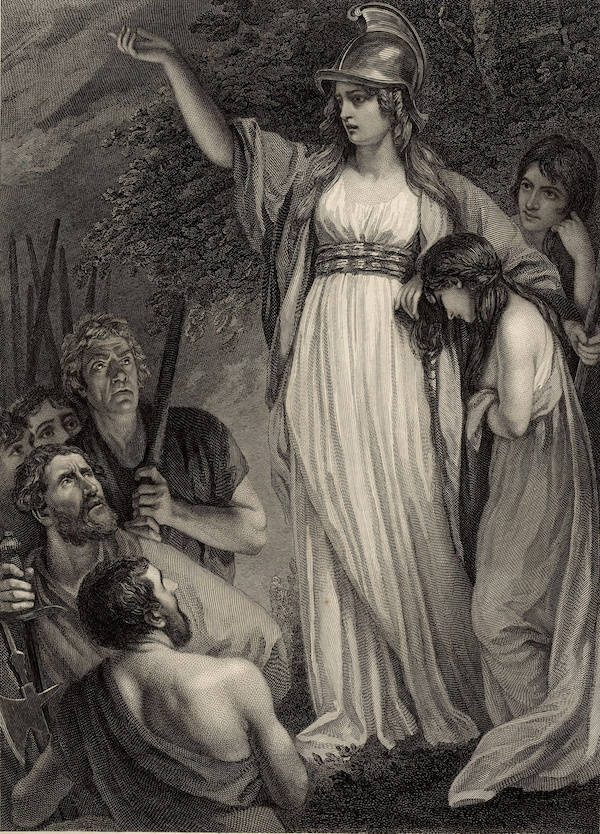While expanding a section of the A47 from a single lane to a double, members of National Highways and a team of archaeologists discovered a 1,500-year-old Roman coffin made of stone.

National HighwaysArchaeologists working to excavate the 1,650-pound Roman coffin found in Cambridgeshire.
During work on the A47 roadway between Wansford and Sutton in the United Kingdom, archaeologists discovered a 1,500-year-old, hand-carved Roman coffin made of stone that weighs about 1,650 pounds — the same as an adult polar bear. This “unusual archaeological find” is unique for the region and is featured as part of the newest season of the BBC’s Digging for Britain.
The series and the archaeological expeditions it highlights are part of a larger project to ensure that any ancient historical artifacts in Britain are properly catalogued and cared for. Britain’s National Highways division has teamed up with various experts like Headland Archaeology to oversee this process.
Archaeologists Discover A Roman Coffin While Widening A Highway In Cambridgeshire
The team was working to widen a section of road near Peterborough from a single to dual carriageway when they unearthed the coffin. Remarkably, the stone coffin had remained intact and untouched for a staggering 1,500 years, prompting a careful excavation headed by Headland Archaeology.
Chris Griffin, head of the National Highways program in the east region, said in a press statement: “While our main focus has been on building a road to improve journeys for road users, it’s been extremely satisfying to play a part in uncovering such an unusual archaeological find.”

National HighwaysThe 1,500-year-old Roman coffin unearthed during work on the A47.
Over the course of seven months, a team of 52 archaeologists and 20 civil engineers worked at 12 different sites along the A47, with support from the Museum of London Archaeology, York Archaeology, Heritage 360, CR Conservation, and Clivedon Conservation.
“The coffin was found at what was once a Roman road linking ancient Britain during our work to upgrade a section of the A47 in Cambridgeshire to dual carriageway,” Griffin said. “At National Highways we take great care in recording and safeguarding the country’s heritage that is uncovered by our works.”
However, despite numerous astonishing discoveries, few were quite as unique as this Roman coffin.
“The coffin is a fascinating discovery which is quite unique to this region. Its careful excavation and recording, both in the field and the laboratory, allows us to continue to learn how our Roman ancestors lived and died,” said project manager David Harrison of Headland Archaeology.
How The Roman Occupation Of Britain Left A Lasting Impact

Public DomainEmperor Claudius ascended to the throne after the assassination of Caligula in 41 C.E.
The Roman occupation of Britain, lasting from 43 to 410 C.E., not long before the Empire fell, was a transformative era for the region.
Initiated by Emperor Claudius, the Roman invasion aimed to expand the empire’s borders and exploit Britain’s natural resources, such as tin, lead, and agricultural land. The conquest was gradual, as native tribes like the Iceni, led by Queen Boudica, fiercely resisted Roman control. Boudica’s revolt around 61 B.C.E. is a notable example of this resistance, although it ultimately failed.

Wikimedia CommonsAn engraving of Queen Boudica from 1793.
Under Roman rule, Britain was integrated into the empire’s vast network. The Romans established cities like Londinium (London), Eboracum (York), and Camulodunum (Colchester), introducing urban planning, roads, aqueducts, and baths. Hadrian’s Wall, built in the north during Emperor Hadrian’s reign, marked the empire’s frontier and served as a defensive measure against the unconquered Picts.
Roman governance brought law, taxation, and military garrisons, while Roman culture introduced Latin, coinage, and new religious practices.
However, by the early fifth century, the weakening of the Roman Empire led to the withdrawal of troops as Rome faced threats closer to home. The Roman departure left Britain vulnerable, paving the way for Saxon invasions and ending nearly four centuries of Roman influence.
After reading about the discovery of this Roman-English relic, learn about nine of history’s most brutal warlords and how they changed the course of history. Then, read about the worst Roman emperors in history.





